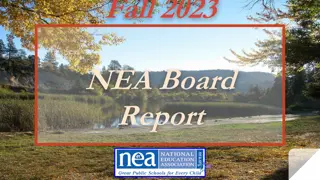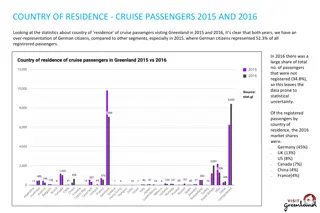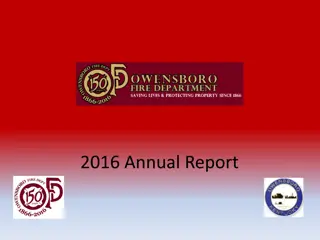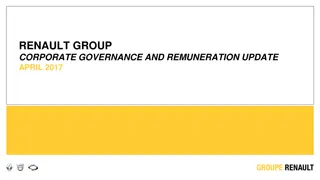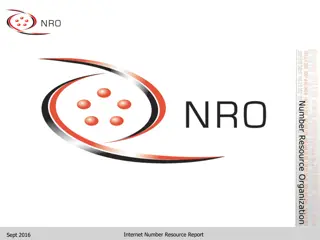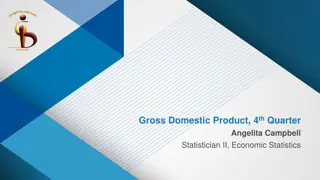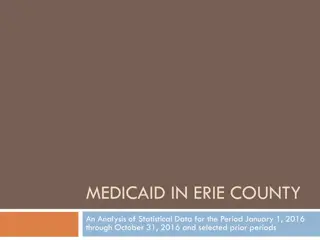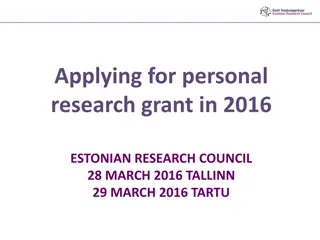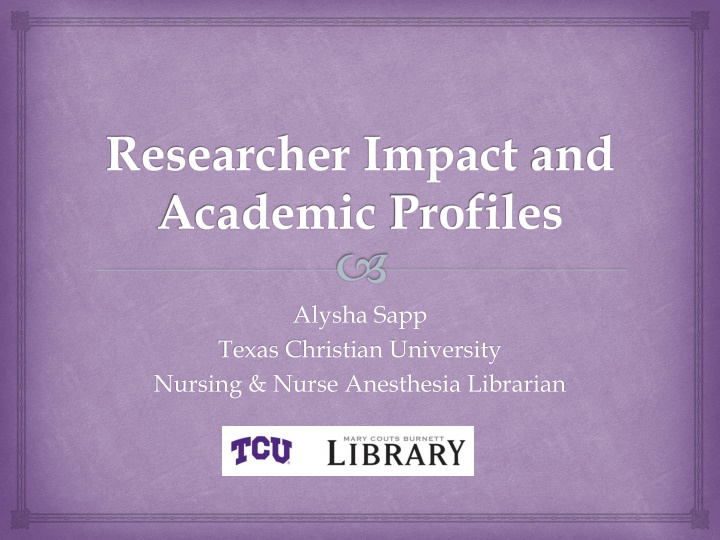
Unlocking Researcher Profiles: Boost Your Academic Impact
Discover the importance of managing researcher profiles to enhance visibility and impact. Learn about tools like ResearcherID, ORCID, and Google Scholar Citations, and their benefits for promoting academic work effectively.
Download Presentation

Please find below an Image/Link to download the presentation.
The content on the website is provided AS IS for your information and personal use only. It may not be sold, licensed, or shared on other websites without obtaining consent from the author. If you encounter any issues during the download, it is possible that the publisher has removed the file from their server.
You are allowed to download the files provided on this website for personal or commercial use, subject to the condition that they are used lawfully. All files are the property of their respective owners.
The content on the website is provided AS IS for your information and personal use only. It may not be sold, licensed, or shared on other websites without obtaining consent from the author.
E N D
Presentation Transcript
Researcher Impact and Academic Profiles Alysha Sapp Texas Christian University Nursing & Nurse Anesthesia Librarian
Managing a researcher profile is essential to promote that work to others. Many tenure track professors are trying to find ways to stand out and using systems such as ResearcherID, ORCID, Google Scholar Citations, LinkedIn, Mendeley, and Research Gate can help to increase that visibility. The use of these tools is both beneficial and problematic due to the overwhelming amount of options available. This presentation will address the procedure of setting up these profiles, the pros and cons to each of these services, and the promotion of these services to your faculty
Benefits of Creating a Researcher Profile Improves researcher impact Unique researcher identity Biographical information CV Improves research impact Differentiates your work Author identifiers Common names Unique number Grouping Affiliation changes Organizations Institutions Improves administration for promotion
Promotion Tenure committees/Assistant Professors Adjunct Professors Associate Professors Research Fellows Librarians Outreach
Profiles Search Engines with Author Profiles Author Identifiers Scopus Author Identifier (Elsevier) ResearcherID (Thomson Reuters Web of Science) Open Researcher and Contributor ID (ORCID) Google Scholar Citations
Profiles Social Networks for Researchers ResearchGate LinkedIn Mendeley
Google Scholar Citations What is it? For-profit organization Profile page Article level citation metrics Citation metrics are computed and updated automatically Updates
Google Scholar Citations: Pros/Cons Freely available Editing profile Citations, h-index and i10-index Co-authors Deflated, inflated and phantom counts(Sicilia & Jacso, 2006) Metrics only cover articles published between 2011 and 2015 Coverage Grey literature Discontinuation
Scopus Author Identifier What is it? Scopus integration Author matching and document grouping Using Scopus Author Identifier
Scopus Author Identifier: Pros/Cons Inaccessible without a subscription Can connect using ORCID Check and correct You have been assigned a single Scopus Author Identifier, All your publications have been assigned your Author ID, and Your Scopus author profile details are correct. Management of the information included on the ID profile page The Pros and Cons of Computing the h-index using Scopus (P ter, 2008)
ResearcherID What is it? Web of Science integration Badges:
ResearcherID: Pros/Cons Freely available: http://www.researcherid.com/SelfRegistration.action?ut m_source=false&utm_medium=false&utm_campaign=fal se Badges ResearcherID Labs Public/Private Detailed citation reports, collaboration networks and citing article networks available Add only journals Citation metrics Citations & ORCID
ORCID What is it? Non-profit organization Integration
ORCID: Pros/Cons Independent organization Integration with other identifiers and other services Good privacy controls Updates and upkeep
Research Gate What is it? Recommendations Affiliations Linked In Follows
Research Gate: Pros/Cons Free Connect to peers Easy access to publications of interest Ask questions Number of members is unclear Membership is required Requires an academic affiliation Most of the membership is medicine and science Legality Story
LinkedIn What is it? Personalization Linking to colleagues or other professionals Free vs. Premium membership More than employment opportunities Privacy
LinkedIn: Pros/Cons Central professional profile Greater visibility Free membership Professional contacts Prior employment Business oriented Pressure to buy premium membership
Mendeley What is it? Why is it included? Platforms and devices Privacy
Mendeley: Pros/Cons Free Platform-agnostic Easy to use Bought by Elsevier in 2013 No cite while you write with Apple software Legality
Other Sites Academia.edu Blog Facebook Twitter Zotero Tumblr Figshare Pinterest Storify CiteULike Kudos and more!
Citations P ter, J. (2008). The pros and cons of computing the h index using Scopus. Online Information Review, 32(4), 524-535. doi:10.1108/14684520810897403 Sicilia, M.-A., & Jacso, P. (2006). Deflated, inflated and phantom citation counts. Online information review, 30(3), 297-309.
Questions? Contact Information: Alysha Sapp Alysha.sapp@tcu.edu

